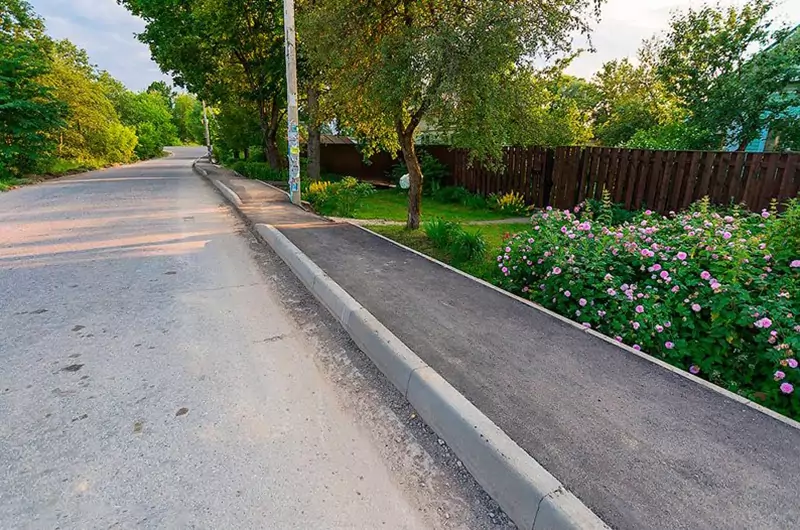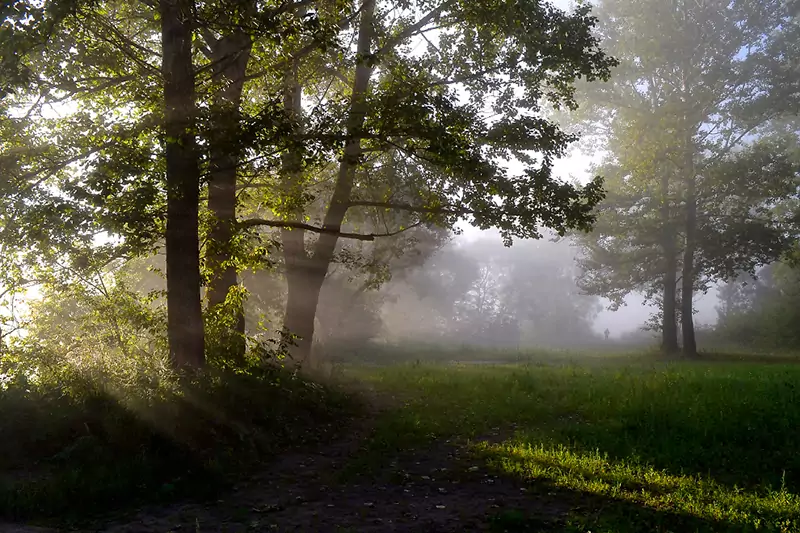Water for a country house is often a real problem. Central water supply is a luxury that few people can afford. In most cases, you have to look for a source on your site and make a well or well. Just how to determine where the water is closest to the surface? The question is not idle, because the closer it is, the lower the costs for drilling and materials for construction. Let’s look at several of the most accessible ways to find water.
Where you should not look for water: forbidden places
If you decide to find your water source, conduct a risk analysis on your site.

There is no need to install a well or borehole near a street toilet or sewage pit – the reason is obvious. It is also undesirable to drill a well in a place where there are many trees – their roots will simply drink up the water.
If there are power line poles on your property, you cannot drill near them; this is fraught with a large fine. Finally, if your site is located next to a cemetery, abandon this idea altogether. It will be sad to admit it, but the risk of infection is too great.

When to look for water in the area
Not every time of year is suitable for this purpose. Spring and autumn are excluded because groundwater rises high at this time.
But, strange as it may sound, it is better to drill in winter. Frozen soil gives smooth canal walls and does not crumble, so it is much easier to equip a well at this time.
Signs of an underground source
Be patient and observant. The search for water should begin by observing the area. Some phenomena indirectly indicate the proximity of an underground source

If you have animals moving freely around your site, pay attention to their behavior. Dogs seek coolness and dig holes to lie down in places where an underground spring cools the ground. Horses trample in the place where there is a source underground; usually, they beat their hooves in a place where groundwater is close to the ground. But mice avoid such places and never settle nearby. There are no anthills there either.

Methods for finding a place to drill a well
Once you have determined the likely location of the source based on indirect evidence, it’s time to begin a more specific search.
If you are going to dig a well, take a dozen ordinary three-liter jars. Dig them into the ground about 5 cm with the neck down and in the morning see which of the cans has the most condensation. You should dig in this exact place.
Instead of cans, you can use regular polyethylene. Cover the area with it and press it along the edges with stones. The work area will be determined by fogging and condensation.

Take them in your hands, press your elbows to your sides, and spread the loose ends to the sides. In places where water is close, the ends of the wire will come closer to each other. You can also use vines, but preparing them takes a lot of time.
